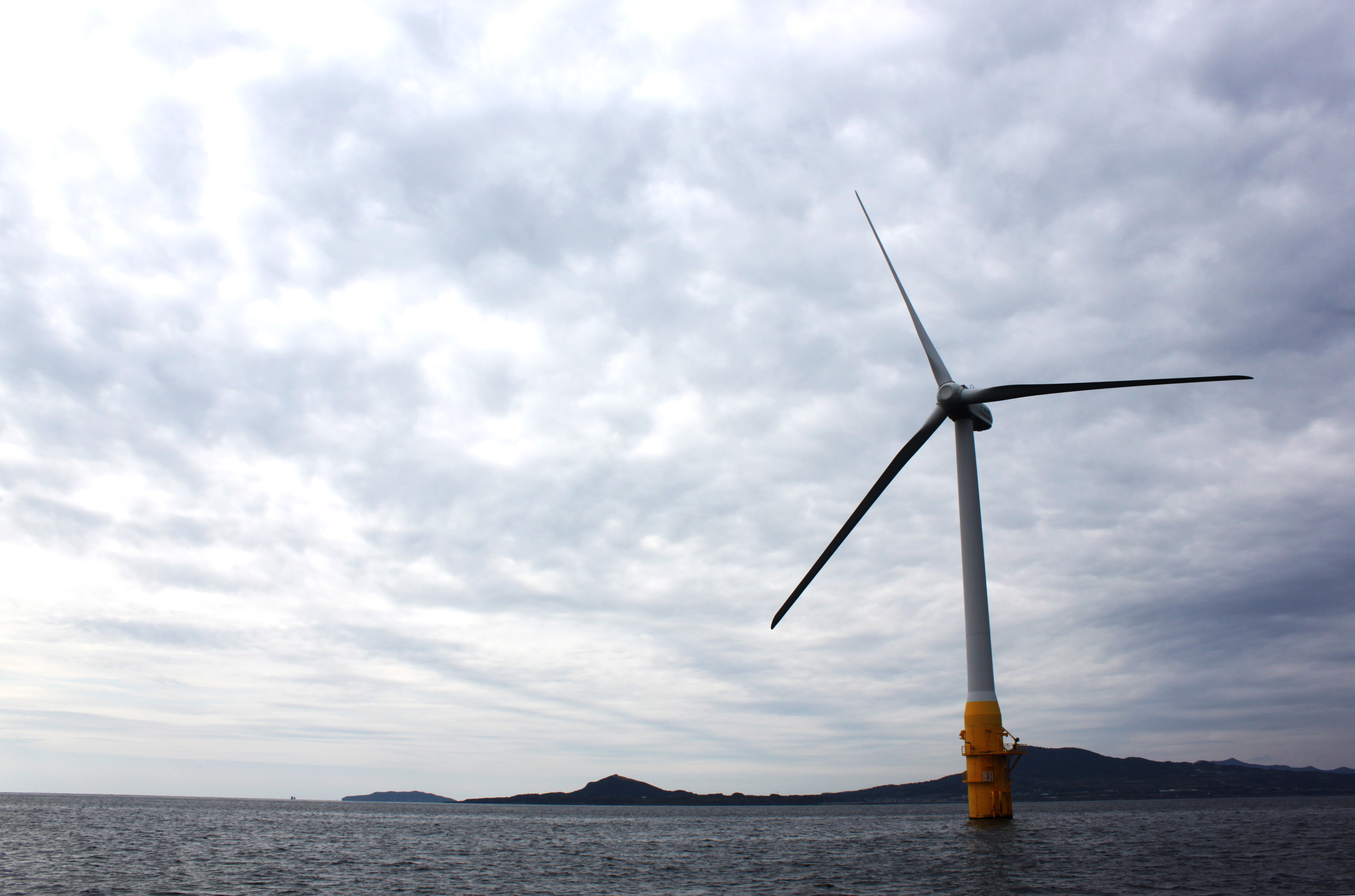What is flexibility?
In the UK, Ofgem (the Office of Gas and Electricity Markets) defines flexibility as: ‘modifying generation and/or consumption patterns in reaction to an external signal (such as a change in price) to provide a service within the energy system’.
For example, in a flexible system, a large-scale battery could charge up when there is additional generation and discharge this energy onto the grid when demand is highest. At the other end of the spectrum, a consumer might use an app to monitor the price of electricity, and choose to schedule their dishwasher to run a cycle midmorning, rather than running it after work when demand, and electricity prices, are at their highest. Among other benefits, flexibility moderates demand on the energy system, reducing the generation capacity required to meet demand, and avoiding building excess generation which sits idle in back up for those times when our electricity demand is at its greatest.
Why is flexibility important?
Flexibility allows us to do more with less, achieving decarbonisation at a lower cost. This is increasingly important as we transition to net zero and become more reliant on variable and distributed forms of generation.
It is also crucial to be able to adapt to wider changes in energy demand and usage patterns – for example, making sure our system can accommodate the increased electricity demand that will come from the transition from petrol or diesel vehicles, to electric vehicles.
How does this fit into a systems approach to energy?
Assessing the need for flexibility of different types inherently requires a whole systems approach to match electricity generation, and provision of fuels, with demand for power, heat, cooling and transport. As our systems transition away from centralised, fossil fuel electricity generation sources, and unabated use of natural gas, towards renewables and low carbon gases such as hydrogen, the requirement for flexibility will change. Technologies such as, electrical or thermal energy storage will be needed to provide clean energy most cost-effectively.
The challenge then becomes – how do we best create and manage a flexible energy system, using all the tools available (storage, demand side response, smart meter data etc.), to ensure that it is performing as effectively as we need it to and realising benefits for multiple actors in the energy system.
What are the benefits of flexibility?
Flexibility allows:
- Network operators to reduce or defer network reinforcement costs as existing generation and demand can be better matched to reduce peaks in demand
- Greater use of renewable generation capacity as the energy system can not only shift demand, but store power generated by renewables while the sun is shining or the wind is blowing, for use at a later date
- Improved system stability and reliability
- Net zero targets to be met more cost effectively
How valuable is flexibility?
We already know flexibility can be extremely valuable. In 2016, we published two reports on the value of flexibility to the electricity system. This work found that the cost of the electricity system in Great Britain could be reduced by £40 billion by 2050, with greater flexibility and the deployment of more energy storage (see Energy Storage Report: Can storage help reduce the cost of a future UK electricity system and An analysis of electricity system flexibility for Great Britain).
What more do we need to know?
Interest in flexibility is growing but we need to gain a deeper understanding of some key issues including:
- How much more value can flexibility bring to energy systems in the context of net zero
- How gas and electricity systems will interact with each other to provide increased flexibility across the whole energy system
- The role of flexibility in decarbonising heat and transport
- The new commercial business models required to facilitate flexibility and help meet net zero targets
- Remaining policy or regulatory barriers to cost-effective flexibility deployment
In 2020, we started work to answer these, bringing together key industry players for the Flexibility in Great Britain project. The findings from this work were published in May 2021 - see a summary of the findings and download the report and/or executive summary.
What is the Flexibility in Great Britain project?
The project explored the potential for an integrated and flexible energy system to reduce the cost of reaching the UK’s net zero economy goal by 2050. The work aimed to:
- Develop a robust evidence base to support the continued deployment of flexibility technologies in a cost effective way
- Provide direction to industry and policy makers on the role of flexibility in a cost effective net zero energy transition
- Explore business models for flexibility and the requirements that need to be met to make them deliverable and viable
The analysis was led by the Carbon Trust and independent researchers from Imperial College London, supported by a consortium of organisations: Bryt Energy, EDF, Greater London Authority, IGEM, Kiwi Power, Low Carbon Contracts Company, SBM Offshore, SP Energy Networks, Statera Energy, Scottish and Southern Electricity Networks, UK Power Networks and Western Power Distribution.
An external stakeholder group was also consulted comprising: BEIS, the Climate Change Committee, Innovate UK, National Grid ESO, National Infrastructure Commission and Ofgem.
The project’s findings were published in May 2021 and are expected to inform energy system stakeholders and policy makers’ work on net zero commitments, heat decarbonisation pathways and the rapid transition to low emission transport options.
View project findings and read the report





